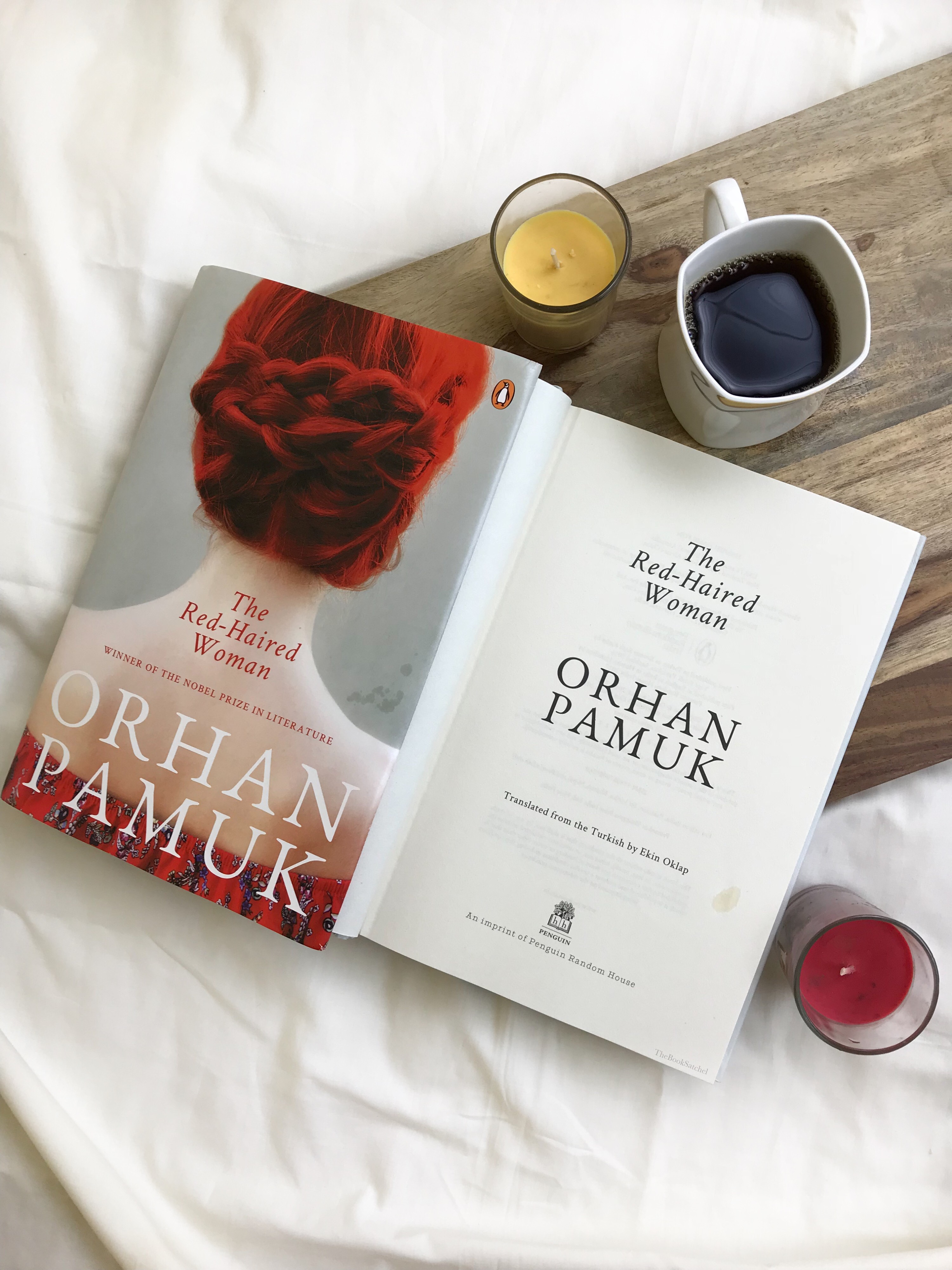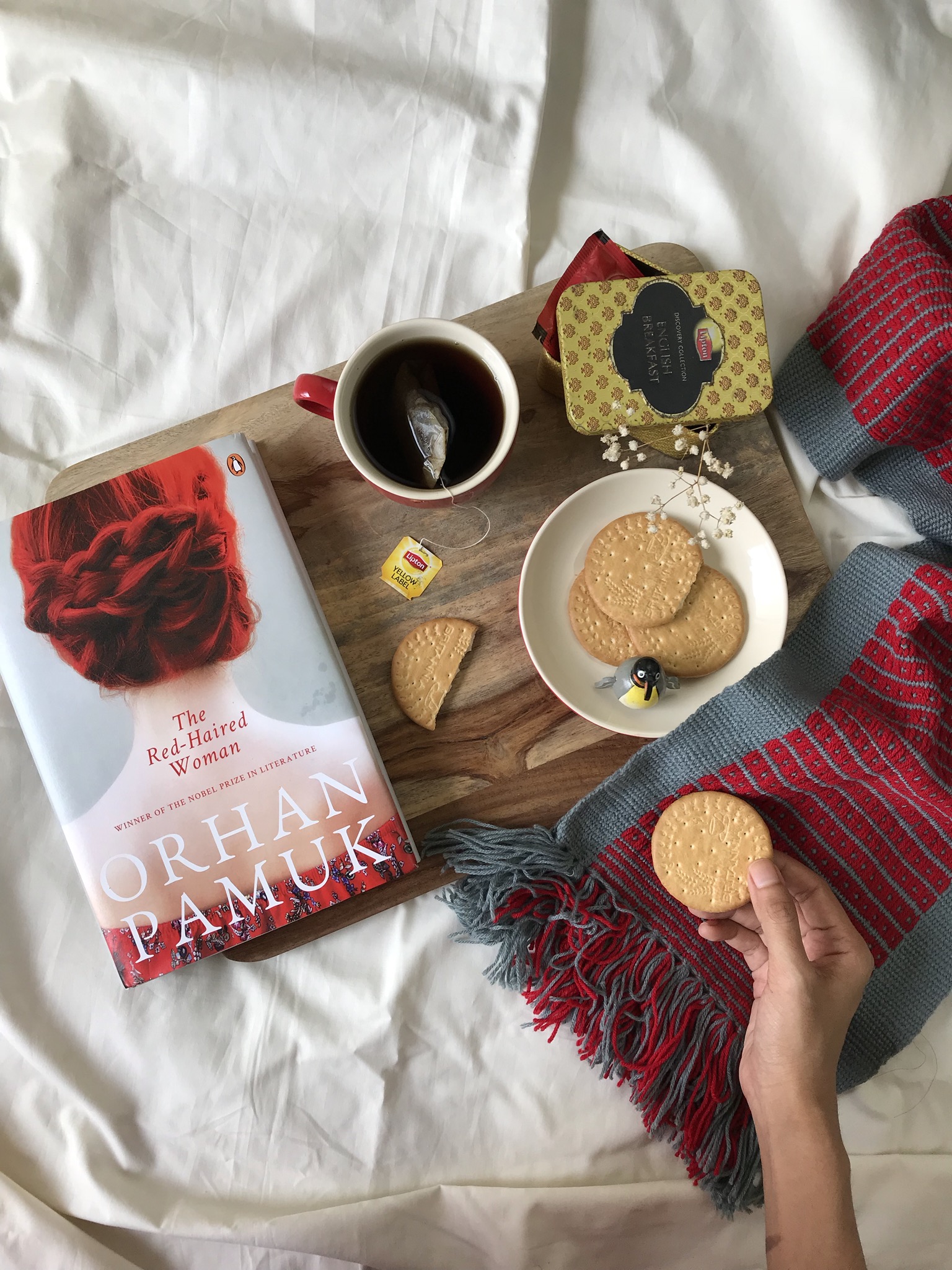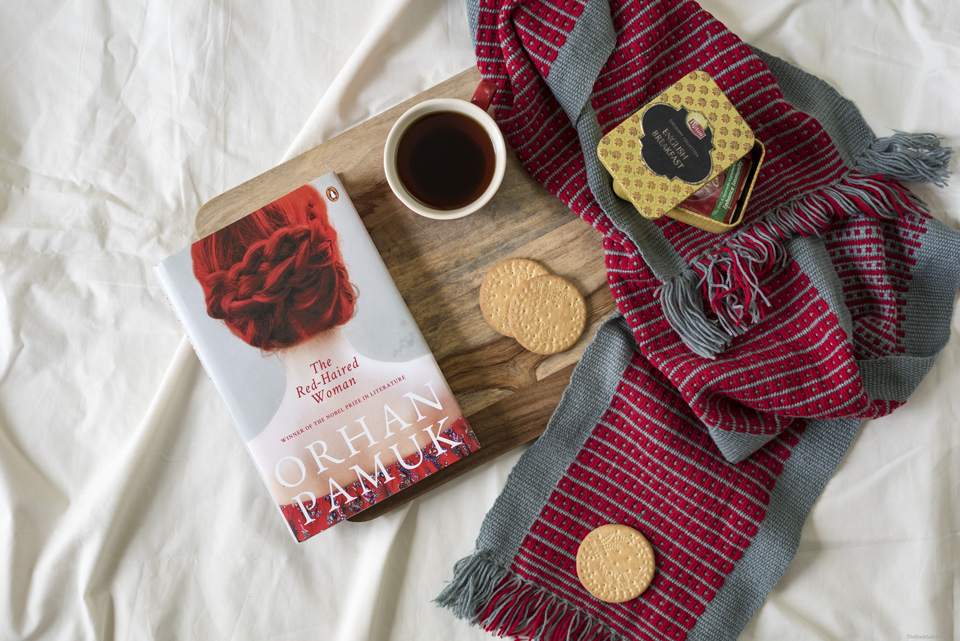Reader. Dreamer. Writer.
A mishap during his younger days haunts the protagonist in the latest novel by Orhan Pamuk, about fathers, sons and how stories merge into reality.
In Brief
Cem Celik is a high school student, working as an apprentice to a well digger, Master Mahmut, in Ongoren in the 1980s. He finds love in a beautiful red-haired older woman and care in a father-like figure to replace the birth father who abandoned him. However an accident that has disastrous consequences causes him to flee from the place. But the memory of the red haired woman and Ongoren haunts him throughout his life.
East vs West; Fathers vs Sons
The Red Haired woman compares the two ancient myths that are milestones in the literary growth of two different civilizations – Sophocle’s Oedipus Rex, a story of patricide, and Ferdowsi’s story of Rostam and Sohrab, a story of filicide. In the Greek myth, Oedipus marries his mother and kills his father, unaware of the fact that they are his parents. When he comes to know the truth, he is shattered. In the Persian story, Rostam meets his son, Sohrab, on a battlefield and kills him to maintain his reputation. It is only later he realizes that Sohrab was his own son. It was very interesting to see the comparisons between the two ingrained in the main plot, which I attributed to Orhan being a Professor of Comparative Literature.
There are different fathers in the book – the one who abandons family; the one who becomes like a father; the one who has a father-like approach to his business and the one who misunderstands. I loved how the different forms of fatherhood portrayed themselves in the different characters.

Your usual Pamuk novel
The Red Haired woman has your usual Pamuk ingredients – a confused state in terms of identity and belonging, clashes between values of East and the West, themes of urbanization and so on. There is an atmospheric fog that engulfs you from the first few chapters. This novel also lingers on Istanbul, the conflict between modernization and the traditional essence of Turkey and the dissension in the country’s political front.
But slightly disappointing
I have loved the fact that Pamuk writes for an intelligent reader; a reader who is able to read between the lines and think on his own. But in this novel, he seems scared that the reader might not get the depth of comparison between Firdowsi’s Shahnameh and Sophocle’s Greek epic. So he explains. This made the book seem more like a lecture than a novel in some portions. And often the repeated explanations which aimed at emphasizing the comparisons did more harm than good.
The book repeatedly alludes to the two epics and how the course of the protagonist’s life compares with them. This felt lumpy at many places.
Moreover The Red Haired Woman has lesser number of lyrical sentences than Pamuk’s usual works, which dulled my experience a bit. In the books that I have read by the author, a character named Orhan appears somewhere in the novel and he is the one who knows the whole story. Finding this Orhan as I read is my guilty pleasure. Since I have read less than 50% of Pamuk’s novels, I cannot authoritatively say that the character with the said name appears in every novel of his. But I was expecting an Orhan to make an appearance in this one and he did not.

Literary Merit
This novel is crammed with literary merits. If you are someone who enjoys symbolisms in books, this is the book for you. The urbanization of Ongoren which makes it seem like part of the city of Istanbul is synonymous with Cem’s past catching up with him. I loved how Pamuk gave a voice to the red haired woman in the last part of the novel where she talks about love, the colour of her hair and the men whose lives intersected with hers.
Ambitiously Emotional
Pamuk paints a vivid picture of the emotional trauma of the characters – the protagonist’s discord with his birth father, his obsession with Sohrab and Rostam of the epics, his childless marriage and the fear and guilt that gnaws him throughout life.
Fathers and sons of Greek & Persian epics manifest in Turkey Share on X

Final Verdict
I enjoyed the book. But I also missed that distinct ‘Pamukness’ that I was craving for. I would recommend the book if you are a Pamuk fan. But this isn’t a good introduction to the remarkable novelist that he is.
Rating : 4/5
Disclaimer : Much thanks to Penguin India and Flipkart for the book. All opinions are my own
PS:Snow and The Museum of Innocence are great places to start if you are planning to explore Pamuk’s works.










I haven’t read this one by Pamuk, but I too would recommend Snow or My Name Is Red as good places to start.
My name is red is not a fav of mine. But I really liked Snow. I haven’t read the whole book. Only half read it and it is wonderful. I want to read the whole book soon
My Name Is Red can get rather repetitive and heavy going, as it’s so ornate. But it’s very Ottoman and Byzantine, perhaps more so than any other of Pamuk’s works.
Yes, that is true. I was amazed that he wrote so much about art, miniature artists and so on. It was elaborate and well researched. I was amazed at how much he knew. Even though it is not a favourite, I found it to be very informative. Have you read The Museum of innocence? It was my first Pamuk and I really liked it
Yes, it’s very touching, isn’t it?
Absolutely!
This is the third reworking of Ancient Greek literature I’ve come across this year – Colm Tóibin’s House of Names and Kamila Shamsie’s Home Fire have both picked up that theme. Perhaps there are more. I wonder what’s sparked it off
I had heard of House of Names but did not pick it up since I had not read Toibin before. I did not want to begin with House of Names. Thanks for telling me about Kamila Shamsie’s book. I plan to read it soon and it will be interesting to compare the themes
Fathers and Sons — now, that’s a topic I know a little about… 🙂
I haven’t read any of his books. So I guess i’ll start with Snow. Great review 🙂 and thanks for an insight of what happens within an Orhan Pamuk novel.
A very well thought-out review! I haven’t read any Pamuk, but I do have my favorite authors. There’s nothing more disappointing than when you are expecting one thing but receive another in a novel. I’ll have to check him out. Do you feel like someone could read with book without knowing Oedipus Rex or Rostam and Sohrab to be able to appreciate it? Does Pamuk’s explaining cover this, or just make it bulky?
Absolutely! I didn’t know the stories of either of the epics when I read the book. If you are new to Pamuk, I would not recommend the book. Snow or Museum of Innocence would be a better start.
Thanks for the tips! I’ll check out Museum of Innocence — it sounds more like my kind of story. 😀
The only book I’ve read by Pamuk is Snow. I liked it overall but struggled with it a little. This one does sound intriguing though. Wonderful review!
Sounds like we had very similar responses to this title. For me however it was my first experience with Pamuk’s work.
I really liked how you set out this review, addressing the different elements in turn – so much so that I’ve linked to it in my own review.
Glad we felt the same way. I am currently reading Snow by Pamuk and I feel the elements in The Red Haired woman are referenced in the book. And thank you. Thanks for stopping by. 🙂